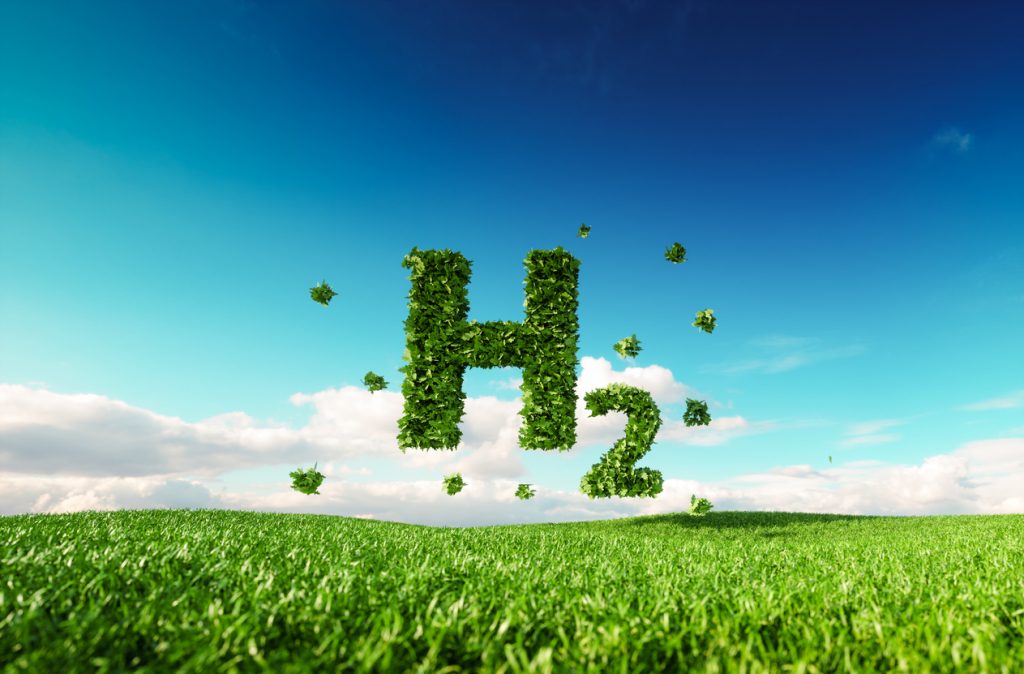info@farmenergyni.co.uk
Office Hours: 9:00 - 17:00
028 7930 0606
Call Now
Office Hours: 9:00 - 17:00
Call Now

Decarbonising the environment is one of the goals that many countries have set for 2050. Estimates by the International Energy Agency (IEA), published at the end of 2019, predict that global energy demand will increase by between 25% and 30% by 2040, so for economies dependent on coal and oil, it inevitably means more CO2 being produced. That is, unless an alternative form of energy is found and why big projects are being invested in as a solution to the escalating climate crisis.
With some experts predicting green hydrogen will be the fuel of the future, what does this mean for the Renewables Sector? An efficient and 100% sustainable alternative to overcome accelerating climate change, helping to remove or reduce the carbon dioxide CO2 output, will help to create a “greener” world; one that’s more efficient and led by clean energies such as green hydrogen.
 In the UK, several localised projects are underway to develop industrial clusters running on hydrogen fuel and Environmental Audit Committee Chairman, Rt Hon Philip Dunne MP, has shown his commitment to a Net Zero Britain stating that: “We must end our reliance on dirty fuels and hydrogen could be the key to realising our low carbon potential”. In Northern Ireland, Economy Minister Diane Dodds recently said the time is right to explore the development of a local hydrogen economy and investment is already underway with clean energy solutions provider, Logan Energy, selected to supply and maintain three hydrogen tube trailers for a six-figure green hydrogen project in Northern Ireland.
In the UK, several localised projects are underway to develop industrial clusters running on hydrogen fuel and Environmental Audit Committee Chairman, Rt Hon Philip Dunne MP, has shown his commitment to a Net Zero Britain stating that: “We must end our reliance on dirty fuels and hydrogen could be the key to realising our low carbon potential”. In Northern Ireland, Economy Minister Diane Dodds recently said the time is right to explore the development of a local hydrogen economy and investment is already underway with clean energy solutions provider, Logan Energy, selected to supply and maintain three hydrogen tube trailers for a six-figure green hydrogen project in Northern Ireland.
Using an electrical current to separate the hydrogen from the oxygen in water, when this energy is obtained from renewable sources, it produces energy without emitting carbon dioxide into the atmosphere. According to the IEA, obtaining green hydrogen this way would help to save the 830 million tonnes of CO2 that are emitted annually when this gas is produced using fossil fuels.
Once produced through electrolysis, the hydrogen can be stored, transported and processed for a range of applications. The greatest potential of green hydrogen is for industries such as steel, aviation and long-haul sea and road transport where there is no obvious alternative to decarbonise. Green hydrogen can also deal with flexibility in electricity systems. When excess solar and wind power enters the grid, it can be converted into hydrogen which can be used elsewhere or even to produce electricity.
Advantages
• It’s 100% sustainable: green hydrogen only emits water vapour and leaves no residue in the air, unlike coal and oil, either during combustion or production.
• It’s easily stored: which means it can be used for other purposes and at different times, not just immediately after its production.
• It’s flexible: so, it can be changed into electricity or artificial gas and used for commercial, industrial and domestic purposes.
• It can be moved from one place to another: it can be mixed with natural gas at ratios of up to 20% and travel through the same gas pipes and infrastructure.
Disadvantages
• It’s production costs are high: energy from renewable sources are more expensive to generate and obtain – although it’s predicted that the cost will come down, just as it has with solar and wind power and the IEA projects that the cost of clean hydrogen will fall 30% by 2030.
• Its energy consumption is high: the production of hydrogen in general and green hydrogen in particular involves more energy than other fuel sources.
• It’s a higher safety risk: hydrogen is a highly volatile and flammable element, therefore significant safety measures are needed to prevent any leakage or explosions.
Hydrogen from renewable power has the potential to be a key driver of energy transition by overcoming various energy challenges. To do this, we need to change the way we’ve produced energy for decades.
A partner company of Randolph Renewables Group (which FENI is part of) has launched a renewable regeneration project at a 69.5-acre site near Stirling, Scotland. Plans include creating Green Hydrogen – a vital fuel for the future – as part of the project, producing hydrogen for vehicles as well supplying the main gas grid with Hydrogen blended with natural gas.
Farm Energy NI are members of the Community Hydrogen Forum (CH2F) to raise awareness of the potential of hydrogen in sustainable community development, decarbonisation, and energy security. In the near future we will be carrying out a feasibility study with our members to evaluate how hydrogen technologies could be deployed in individual scenarios. To find out more contact us on 028 79 300606 or info@farmenergyni.co.uk